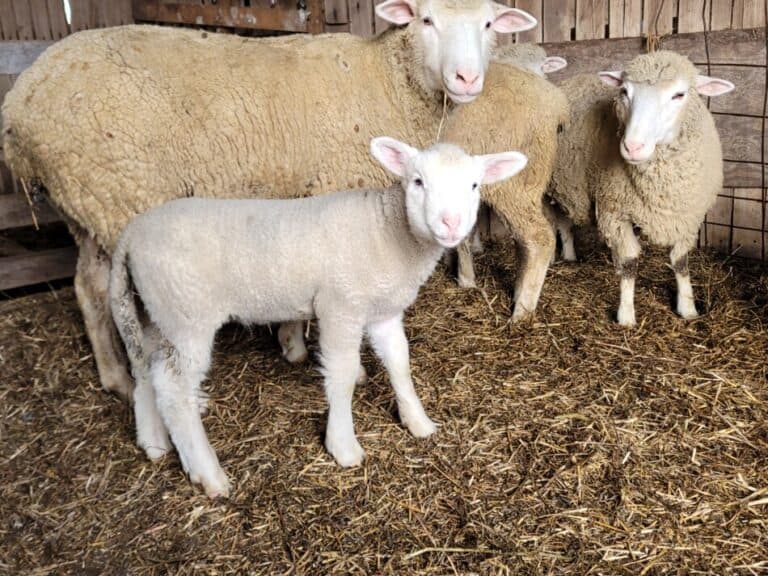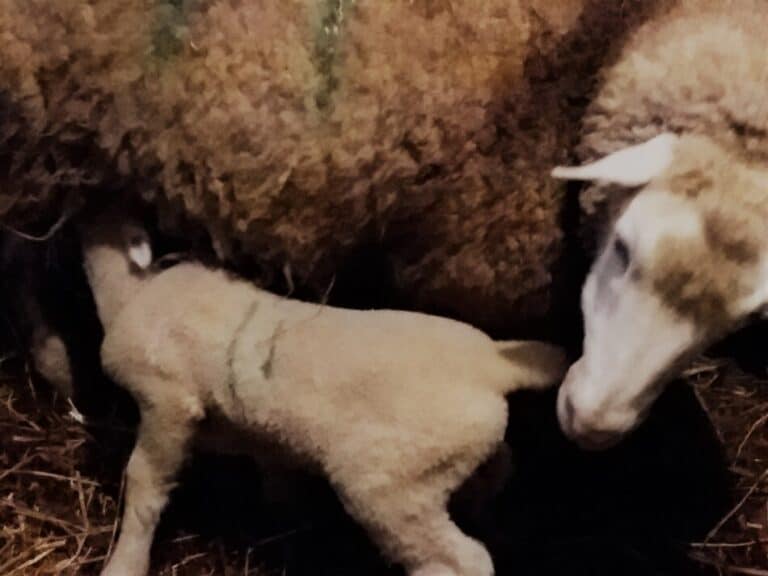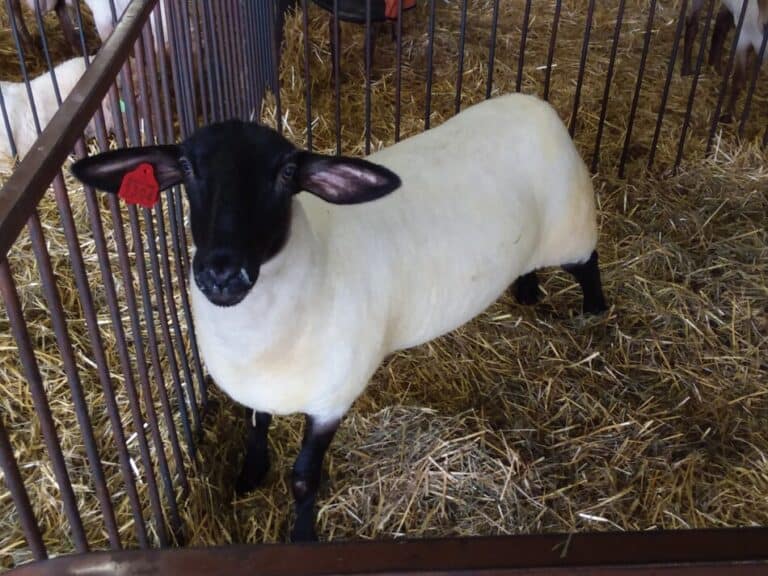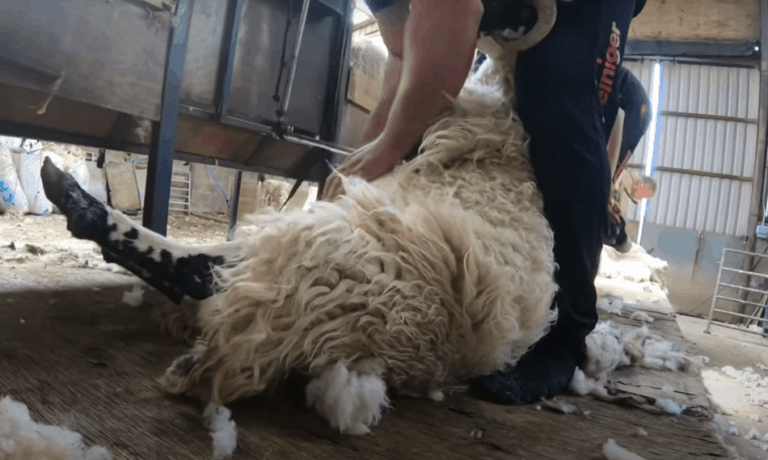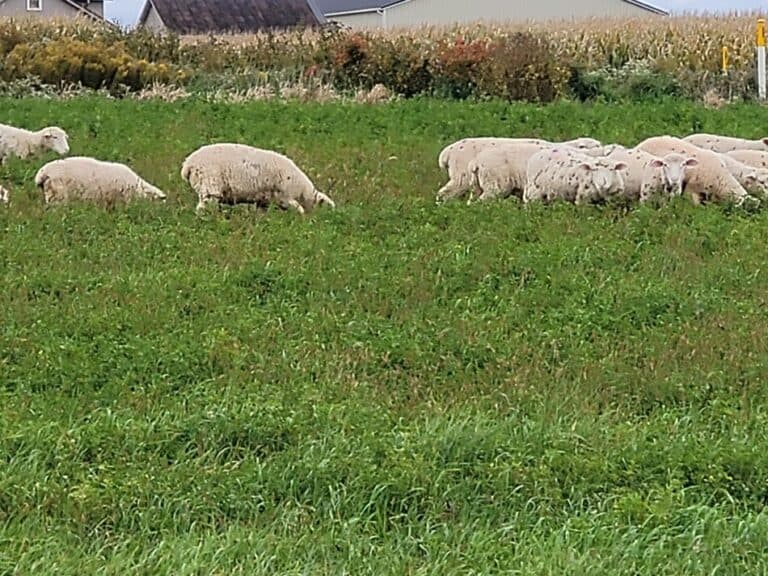How Do You Know If Your Sheep Is Having Twins?
We all hope for every ewe to have twins, but we know that the lambs born per ewe can reasonably anywhere from one to three, and occasionally, none. So, how do we know which ones are having twins?
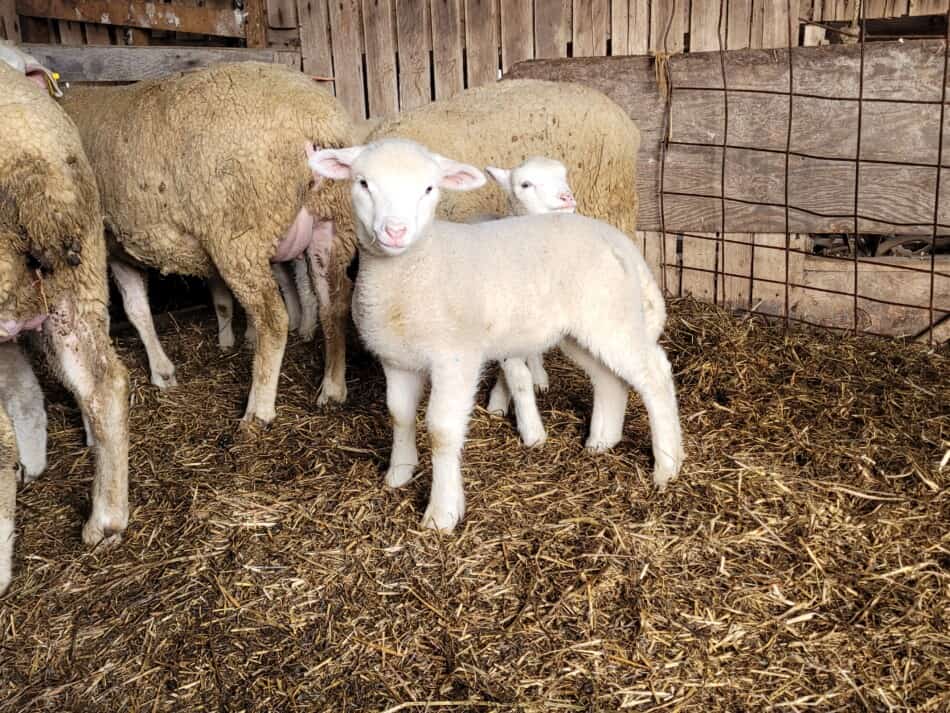
Ultrasound scanning shows number of lambs in ewes
The only way to know for sure if your ewe is going to have twins before birth is to pregnancy scan (ultrasound) the ewe to see how many lambs she is carrying.
The way the scan works is similar to pregnancy scans done on women to check the size and anatomy of her baby.
The ultrasound is a scan that requires a knowledgeable person to read the image since the ewes are wiggling about and the scanner has to search a bit for the right image to count lambs.
No image ultrasound do not show lamb numbers
There is another ultrasound device that produces a sound if the ewe is bred and nothing when the ewe is open (not bred). This device does not produce a picture, it is just a sound.
The catch here is that this device is only useable at a certain small window post breeding and if you get a positive, all you know is that the ewe is bred, not how many lambs are coming.
This is a step up from not knowing at all, but is not nearly as helpful as an image based scan that gives you lamb numbers.
How Much Will A Ewe Cost? is my article that will help you figure out the cost of high quality, productive ewes in your area.
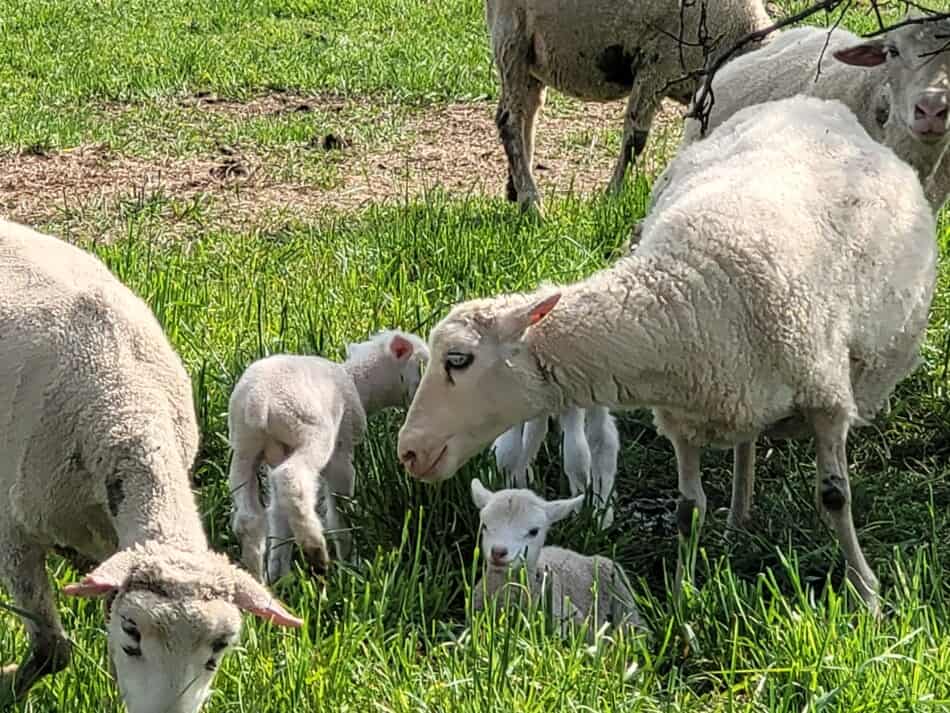
Ways to increase the chances of having twin lambs
While the only way to know for sure if the ewe is having twins is to use an ultrasound scan, there are a few management practices that you can use to increase the chances that your sheep will have twins.
Your main options to increase twinning are:
- Flushing the flock
- Using a breed known for twins
- Having prime of life ewes
Feeding ewes pre breeding for twins
You have the option of increasing your chances of ewes having twins by feeding the flock a bit better than normal for a few weeks before breeding season begins. This is called flushing.
Flushing could be done with nicer than normal hay, by putting the ewes on a pasture saved for this time period or by giving the ewes some grain. All of these options increase the calories she is getting.
Flushing will bump up the ewe’s nutrition to a higher level to make sure her body is good to go at breeding season, giving you a higher chance of twin births.
For flushing to work, the ewes being flushed must be in good condition to start with.
Flushing will not make up for underweight ewes
Flushing is for ewes in good shape, just to give them an extra bump up in calories.
Flushing will not make up for other management problems, like underweight or wormy ewes. These problems need sorted out long before breeding season.
Do not flush fat ewes
If for some reason your ewes are already over conditioned (fat) flushing is not what you need to be doing, you need to plan ahead and have the ewes in good body condition a few weeks before breeding season.
Fat ewes are less productive and have lambing problems, definitely not something you want to make worse by adding to the problem!
For more information on flushing sheep, read Small Ruminant Q & A: Flushing on Sheep 101.
Some breeds are more likely to have twins
Some breeds of sheep are more likely to have twins, others tend toward singles.
For most breeds, number of lambs depends more on the nutrition of the sheep and overall health rather than specific breed, as long as you are not working with a breed known for having single lambs.
Best Breeds of Sheep For Beginners is my article that gives you some ideas of great sheep breeds to look into and a few to avoid!
Age of ewe makes a difference
The other thing to consider here is that the age of the ewe tends to make a difference with number of lambs born.
Generally, a ewe lamb is more likely to have a single, an aged ewe is more likely to have a single and a prime of life ewe is more likely to have twins.
For more insight into increasing twins in your flock, read Why Twinning in Lambs is a Winning Combination by Ulf Kintzel on the Cornell Small Farms program site.
